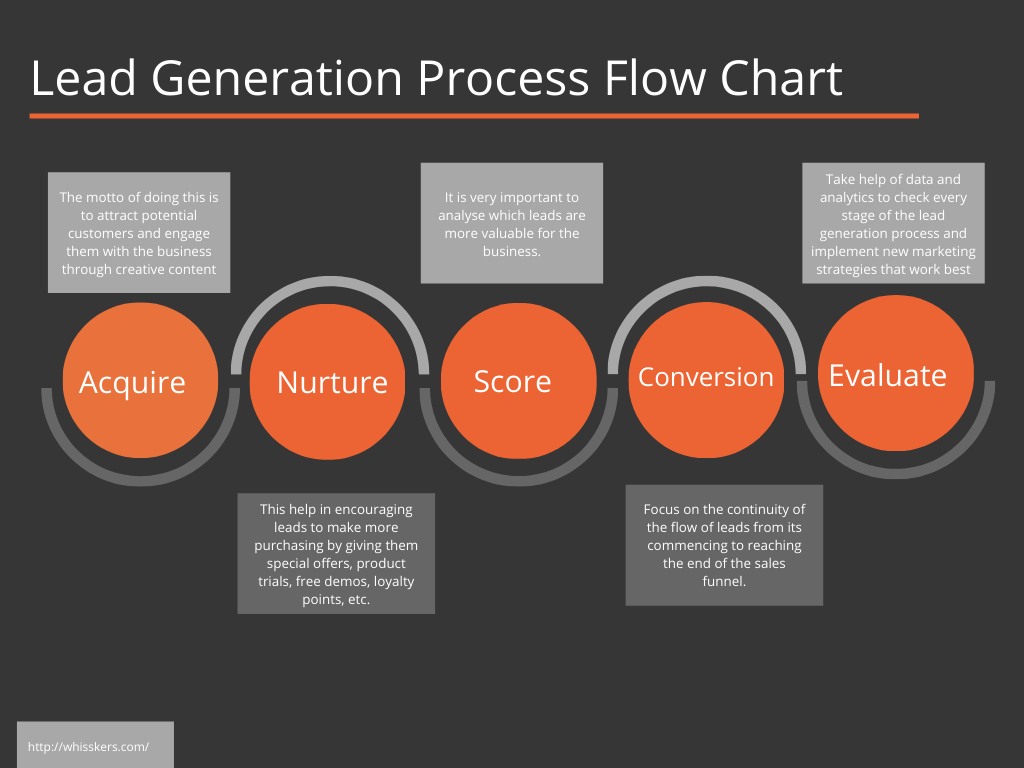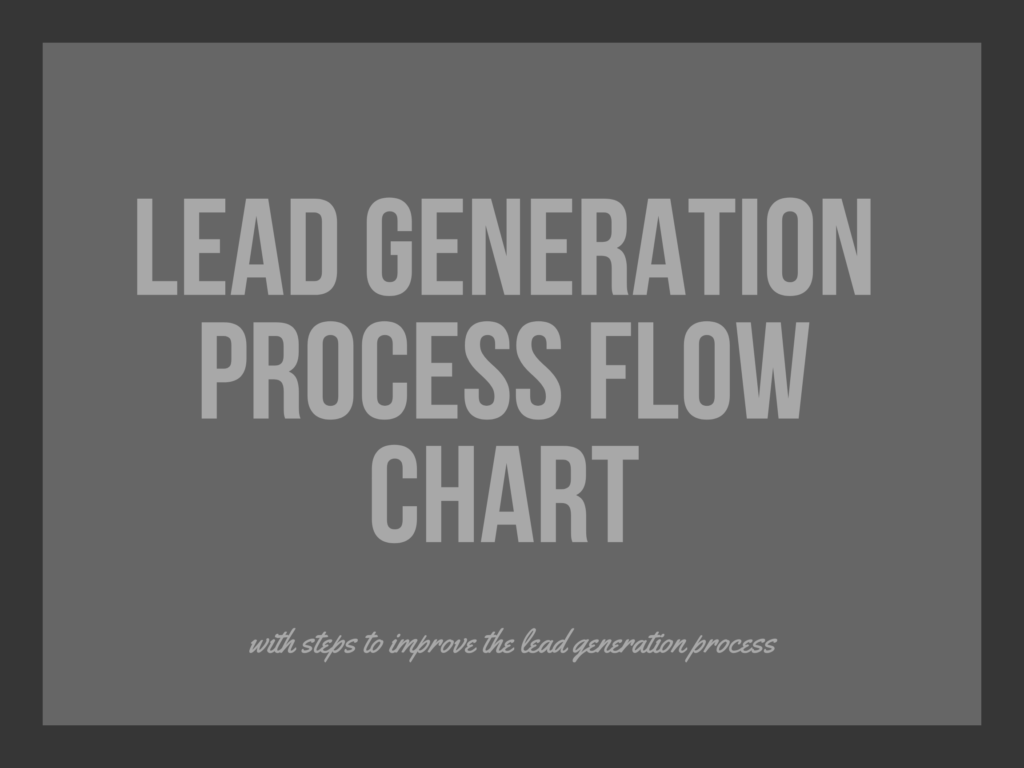It often happens that the audience visits the company’s website to gather information about products and services. They leave their contact details, requirements, and preferences. This data serves as a base for business lead generator.
Lead generation is the process of drawing potential customers using the business lead generator and looking after their requirements during the buying process as well as guiding them properly about the products/services and special offers. The ultimate goal of the lead generation process is to convince potential customers to purchase the products/services and convert them into paying customers.
Why Lead Generation in Digital Marketing is Important?
No company can do the business and survive in the long run if they do not have good leads. No matter how effective the business strategies are but if there is no effective lead generation process then there is no future for the business. Lead generation helps in building trust between the brand and the targeted audience, grow market share, increase net sales, and hold market leadership.

Here are the steps to improve the lead generation process by optimizing each stages out of the flow chart:
1. Acquire
First thing first, develop relevant and creative content in the form of blogs, banners, short videos, infographics, etc. and distribute the content on across suitable marketing channels like social media sites, blogging sites, email marketing, and PPC. The motto of doing this is to attract potential customers and engage them with the business through creative content and encourage them to fill the sign-up forms to become part of the contact management system. Through this, companies can acquire new leads for their business.
2. Nurture
Once the new leads for the business are acquired, it is crucial to nurture them by establishing fruitful relationships through brand engagement. This help in encouraging leads to make more purchasing by giving them special offers, product trials, free demos, loyalty points, etc. This can be done through email marketing to send customised emails as per the requirements of the leads and also to inform them about new product launches and special offers. Nurturing leads help in building brand loyalty and trust. The lead nurturing process takes a few months to a year to convert leads into paying customer therefore it is crucial for every company to maintain the regular contact with leads through email marketing or phone calls.
3. Score
It is very important to analyse which leads are more valuable for the business. The valuable leads are the one who spends more time on downloading the content, visiting webpages frequently, and forming effective communication with a business via online platforms. By giving scores to leads through analysis help a company to check its sales funnel and move leads from subscriber to paying customer through better targeting. This actually help the companies to understand who will really make the purchasing of the products and services.
4. Conversion
The marketers should focus on the continuity of the flow of leads from its commencing to reaching the end of the sales funnel. Here the lead generation process helps marketers in reaching leads, looking after their requirements, nurturing them to prevent leads from falling off and establishing the effective communication between the company and the leads. The marketers can use various marketing strategies to encourage leads to make purchasing and convert them into paying customers. Once the conversion is done it is the responsibility of the marketers to retain the customers by sending regular emails to inform them about special offers, new product launches, offering free product trials, gathering reviews, etc.
5. Evaluate
It is very essential for companies to evaluate their lead generation process regularly to identify at what stage the leads drop off to fix the loopholes instead of investing time on recapturing the lost leads. There should be continuity in the lead generation process in acquiring new leads, fostering their interests, converting them into paying customers and retaining them for the long run. Many a times the leads drop off before entering into sales funnel due to poor brand engagement. Take help of data and analytics to check every stage of the lead generation process and implement new marketing strategies that work best for the company and retaining leads to enhance the conversion rate.
Advantages of Lead Generation Process
Lead generation helps in collecting information like high performing products and services, market share, market demand, audience behaviour, etc. This data help in business plans, marketing strategies, and setting business objectives to achieve significant business growth.
- Fruitful brand engagement
- Better reach to a targeted audience
- To lay down marketing strategies focusing on demographics and geographical locations.
- Higher ROI
- Run effective campaigns as per the product demand

